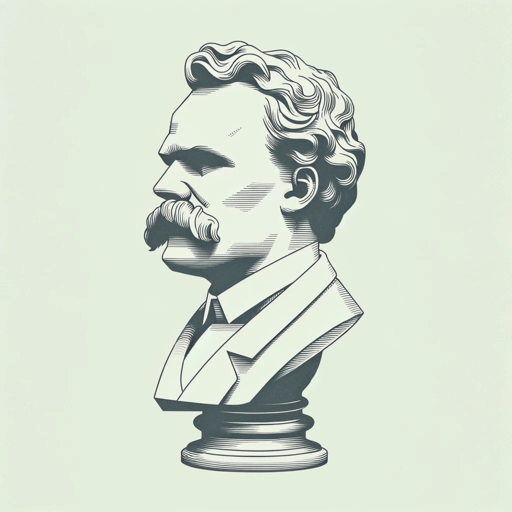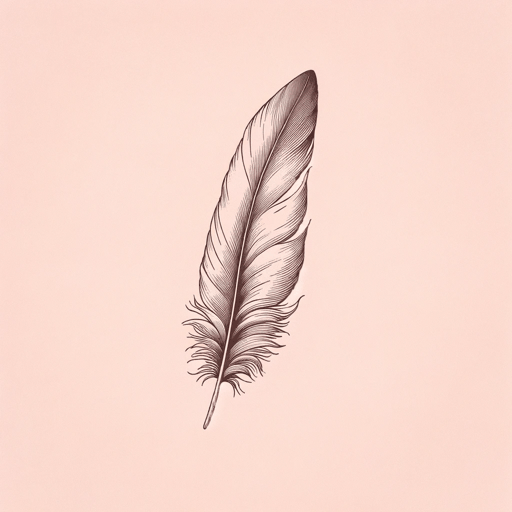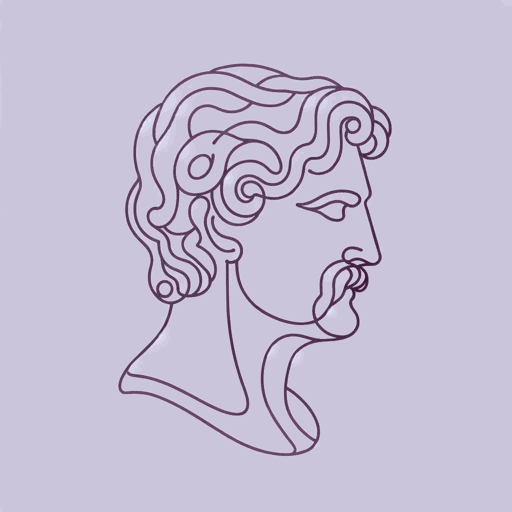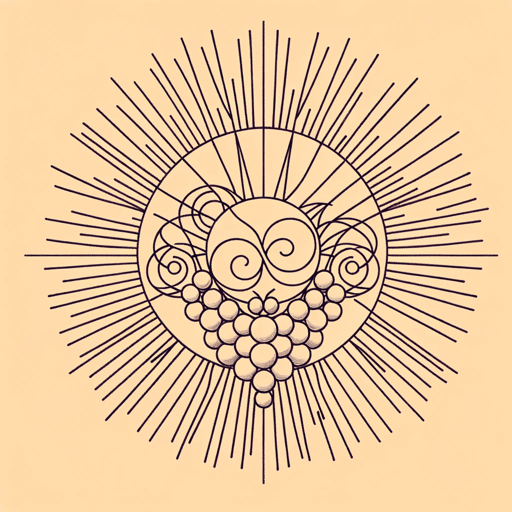32 pages • 1 hour read
Friedrich NietzscheThe Birth of Tragedy
Nonfiction | Book | Adult | Published in 1872A modern alternative to SparkNotes and CliffsNotes, SuperSummary offers high-quality Study Guides with detailed chapter summaries and analysis of major themes, characters, and more.
Important Quotes
“[T]o see science under the lens of the artist, but art under the lens of life.”
(Introduction: “Attempt at a Self-Criticism”, Page 5)
This passage is Nietzsche’s description in his prefatory “Attempt at a Self-Criticism” of the rereleased edition, explaining what he hoped to achieve in The Birth of Tragedy. He wanted to examine science critically from an aesthetic standpoint, putting into question its assumptions to explain all of reality. At the same time, he wanted to examine art, not as a technical procedure, but as an expression and part of life itself.
“Singing and dancing, man expresses himself as a member of a higher community: he has forgotten how to walk and talk, and is about to fly dancing into the heavens.”
(Chapter 1, Page 18)
Nietzsche describes the effects that the Dionysian spirit has on human beings: It makes them forget their individuality and joins them together in a joyous collective revelry. The passage typifies his rapturous, poetic style in the book while also invoking The Redemptive Power of Art in human society.
“How else could life have been borne by a race so sensitive, so impetuous in its desires, so uniquely capable of suffering, if it had not been revealed to them, haloed in a higher glory, in their gods?”
(Chapter 2, Page 23)
Nietzsche theorizes here that the Greeks used the Olympian gods, with their glorious power and joyous myths, as a sort of buffer between themselves and the horrific tragedy of life: a foreshadowing of how they would later use Apolline values to erase Dionysian ones.
Related Titles
By Friedrich Nietzsche

Beyond Good And Evil
Friedrich Nietzsche

On The Advantage And Disadvantage Of History For Life
Friedrich Nietzsche

On the Genealogy of Morals
Friedrich Nietzsche

The Antichrist
Friedrich Nietzsche, Transl. H.L. Mencken

The Gay Science
Friedrich Nietzsche

The Will to Power
Friedrich Nietzsche, Ed. Walter Kaufmann, Transl. R.J. Hollingdale

Thus Spoke Zarathustra: A Book for All and None
Friedrich Nietzsche

